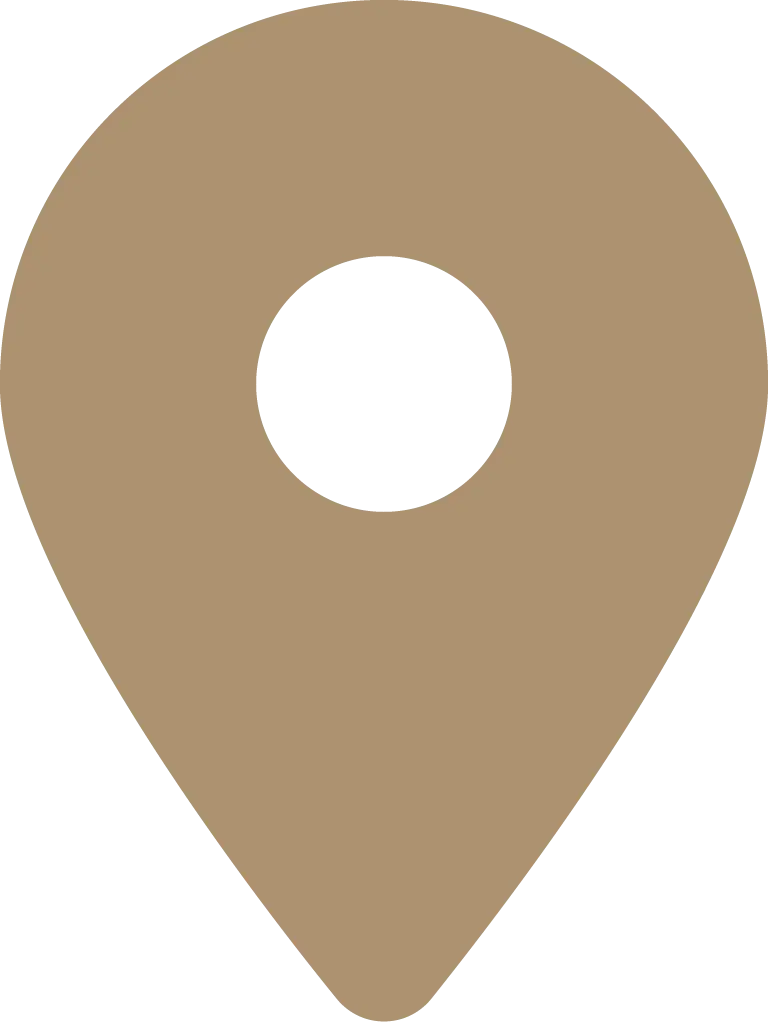White Glue vs. Clear Glue: Which is Best for Edge Banding?
Edge banding is a crucial step in woodworking, adding a professional finish to your project while protecting the exposed edges of your material. But what about the glue color? Should you opt for white glue or clear glue? Let’s break down the pros and cons of each.
White Glue offers advantages like water resistance, making it suitable for damp environments, and easy water-based cleanup. Its white color also seamlessly blends with white parts. However, it can be noticeable on lighter-colored materials and might take longer to dry than other glues. Additionally, its versatility is limited to white parts.
Clear Glue offers the advantage of invisibility, preserving the aesthetic appeal of edge banding. Its versatility allows for use on a wide range of colors and textures. However, clear glue is not suitable for white parts, as it creates a visible seam.
so Which Glue Should You Choose?
The best glue for your project depends on several factors:
- Material Color: If you’re using light-colored edge banding, clear glue is generally preferred for a seamless appearance.
- Project Requirements: For projects exposed to moisture, white glue’s water resistance is advantageous.
- Aesthetics: If the glue line visibility is a concern, clear glue is the way to go.
Ultimately, the choice between white glue and clear glue comes down to the color of the material.




